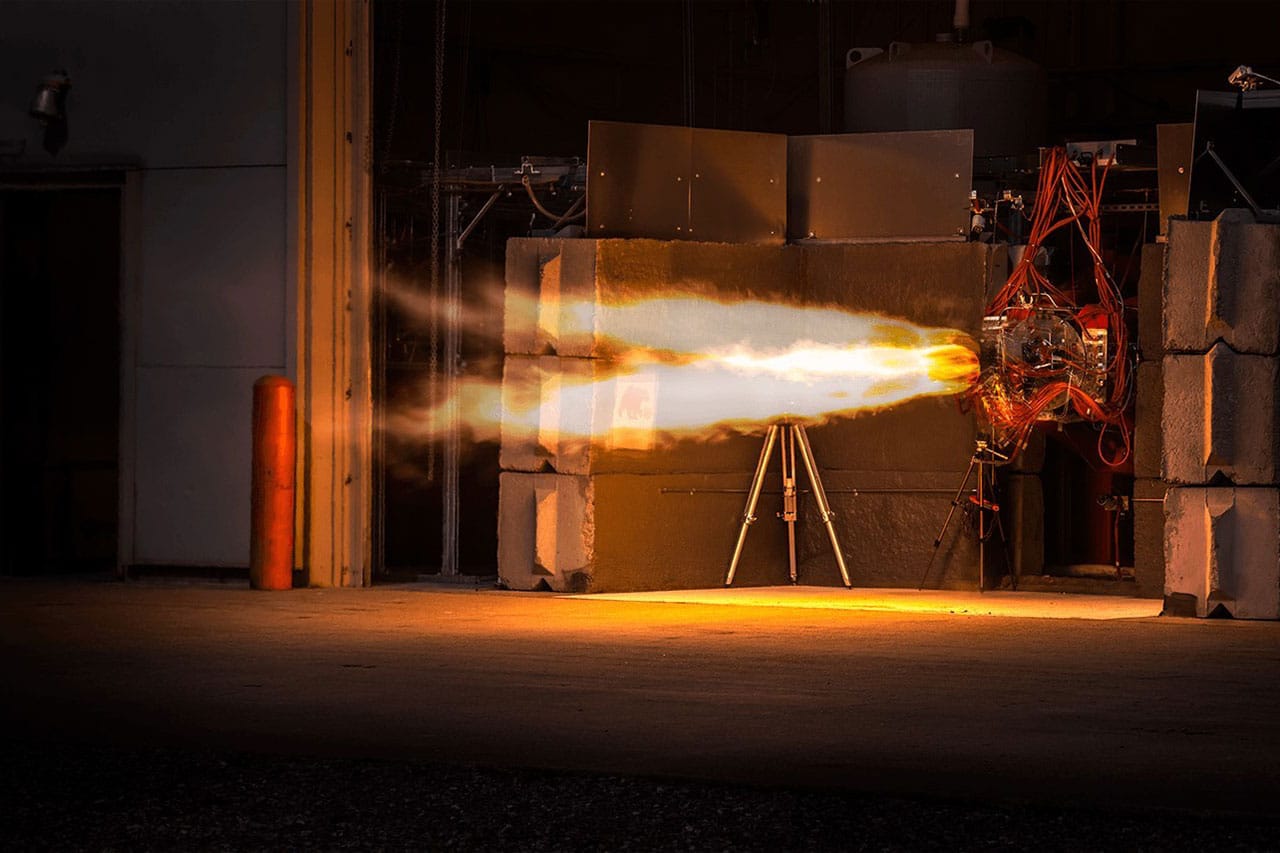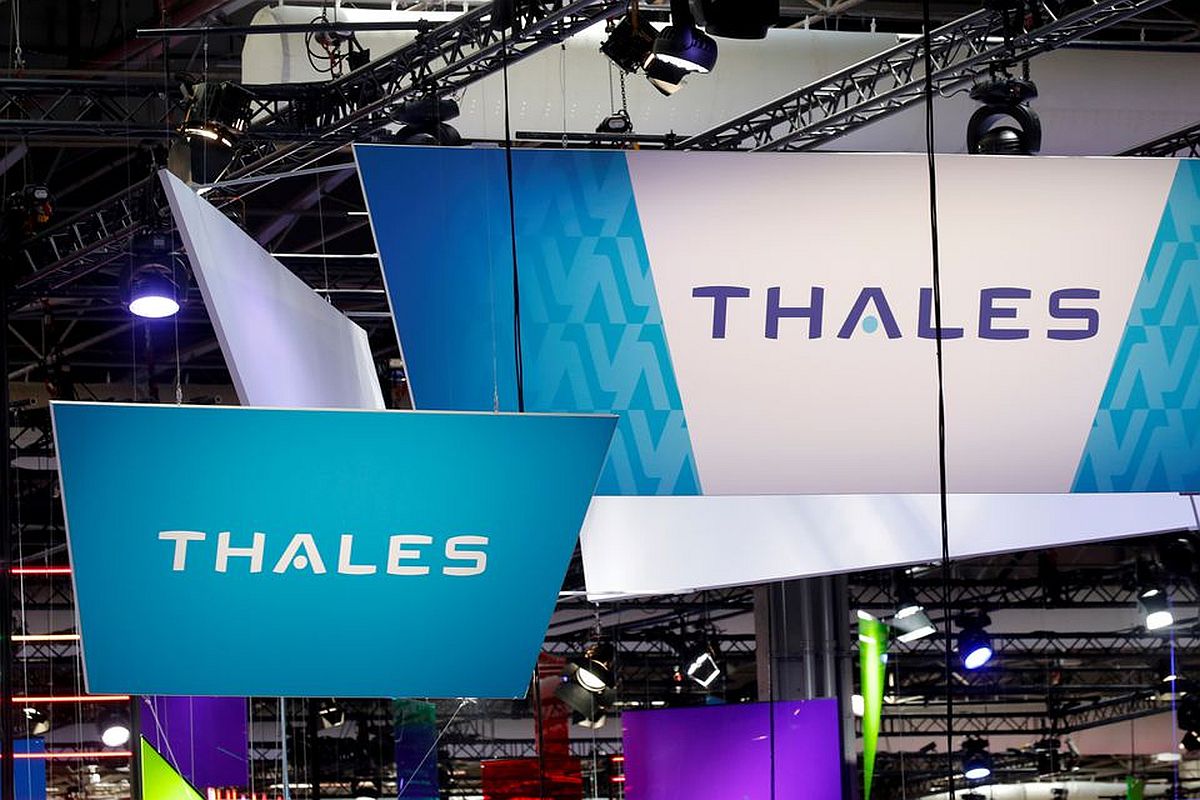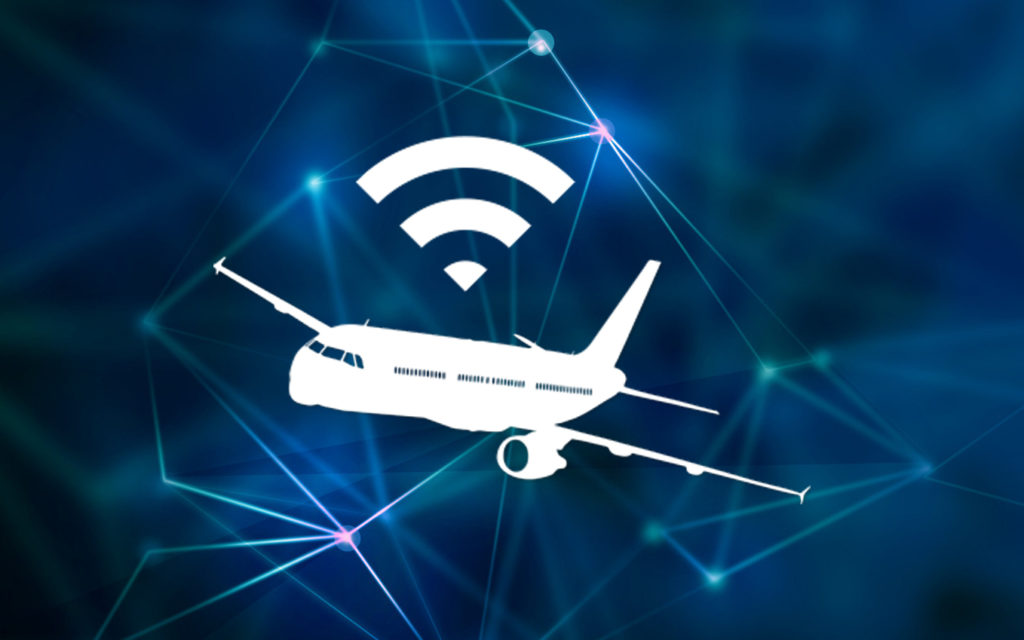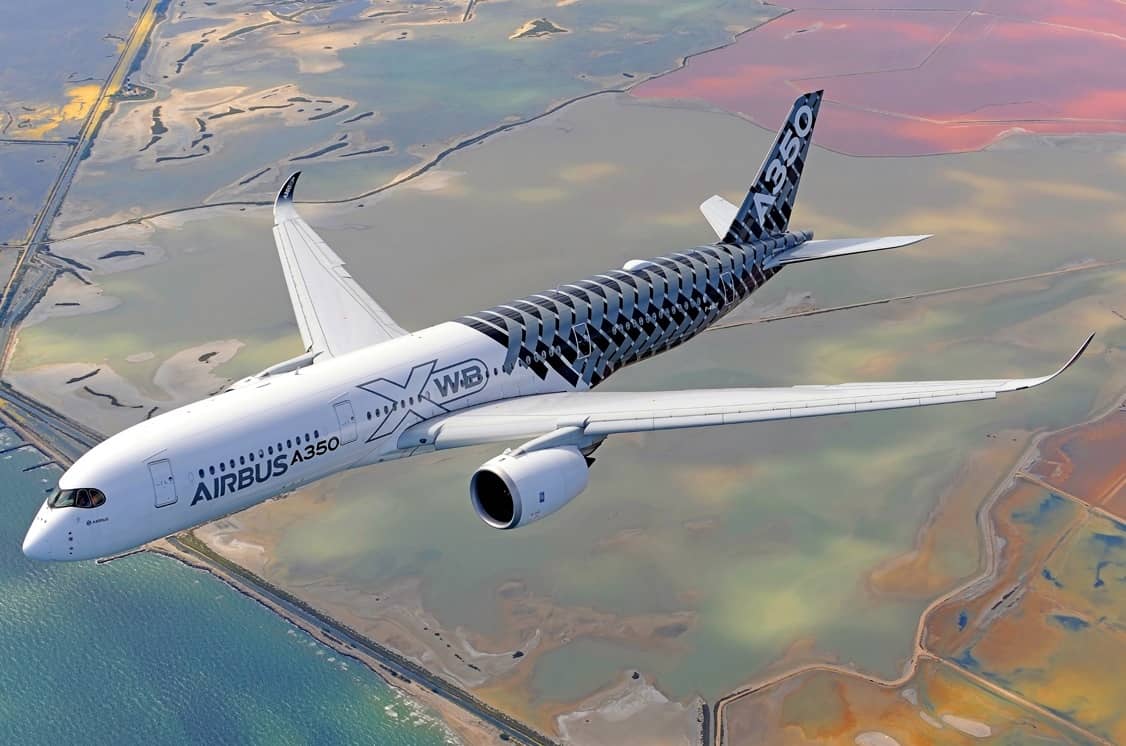Six decades after the establishment of foreign trading companies like the ‘British East India’ and the ‘Dutch East India,’ France too entered India with business proposals. Having arrived in Pondicherry in 1674, they later established colonies at Pondicherry, Karikal, Yanam, Mahe and Chandanagar.
Representative | Flags Wallpapers
The French have always been a constant support to India, since the Cold War times and have even supported us as a nuclear power. India and France eventually signed a strategic partnership in January 1998.
At the birth of manned flight, France was at the epicentre of science, technology and culture. Not surprisingly, a lot of words in aviation are derived from the French language and it can be safely said that the French went crazy over anything that flew and dominated the aviation front, at least up until World War 1.
The French have always been at the forefront of aviation and it was ace aviation designer- Marcel Dassault - who revived aviation post World War II.
Marcel Dassault | Airways Magazine
The first French jet fighter-bomber to enter production was the MD 450 ‘Ouragan’.
The birth of Indo-French aviation
1. Ouragans (Indian name 'Toofani')
The sale of Ouragan to India in 1953 was the first export of French fighters into the country. Developed by Dassault Aviation, the Indian Air Force inducted the Dassault 'Ouragan' fighter in 1953.
The Wire
It had a 'stovepipe' design with its air intake in the nose and low-mounted wings. It was equipped with a single British Rolls Royce ‘Nene’ engine. The Ouragan had an armament of four 20mm guns and could carry up to two 450kg bombs under its wings.
Toofanis were withdrawn from active IAF service in 1965, although they were continued to be used for training and Target Towing for a few more subsequent years.
2. Dassault Mystère IV
The Dassault MD454 Mystere IV is a 1950s French fighter-bomber aircraft, the first transonic aircraft to enter service with the French Air Force.
Wikipedia
The Mystere IV 01 was equipped with a centrifugal Rolls Royce Tay engine, this being more powerful and more reliable than the axial Atar engine. On its 34th flight, on 17 January 1953, it broke the sound barrier nose down.
India had procured 104 Mystere and used them extensively in the Indo-Pakistani War of 1965. On 7 September 1965, an Indian Mystere shot down a Pakistani Lockheed F-104 Starfighter in a raid over Sargodha. The fleet was eventually phased out by 1973.
3. Breguet Alize
Wikipedia
Developed in the 1950s, the Breguet Br.1050 Alize (French-"Tradewind") is a French carrier-based anti-submarine warfare aircraft. 12 of these were acquired by the Indian Navy and operated by aircraft carrier -Vikrant. It played a significant role in Goa operations and the 1971 Indo-Pak war.
4. Aerospatiale Alouette III
Developed by the French aircraft company - Sud Aviation, the Aérospatiale Alouette III is a single-engine, light utility helicopter. Manufactured under license by Hindustan Aeronautics Limited (HAL) as ‘Chetak', two lighter versions - ‘Cheetah’ and re-engine ‘Cheetal’ were subsequently developed for high altitude operations including the Siachen glacier.
Copycats
These choppers are still active in service in India’s all three Armed Services and Indian Coast Guard.
5. SEPECAT Jaguar
The National Interest
Originally conceived in the 1960s as a jet trainer with a light ground attack capability, the requirement for the aircraft soon changed to include supersonic performance, reconnaissance and tactical nuclear strike roles. IAF would become the largest single export customer, with a $1 billion order for the aircraft in the late seventies. The order involved 40 Jaguars built in the UK at Warton and 120 licence-built aircraft from HAL under the local name Shamsher (“Sword of Justice”).
6. Mirage 2000
Wikimedia Commons
Designed in the late 1970s, the Dassault Mirage 2000 is a French multirole, single-engine, fourth-generation jet fighter manufactured by Dassault Aviation.
In October 1982, India placed an order for the French Dassault Mirage 2000. 36 single-seat Mirage 2000H and 4 twin-seat Mirage 2000TH (with H standing for “Hindustan”) were first ordered.
Reportedly, the Mirage 2000 was the first fly-By-Wire(FBW) controlled aircraft of the sub-continent. In March 1998 an agreement was concluded between HAL and Dassault Aviation authorizing HAL to offer over-hauling facilities for Mirage to IAF and global customers.
7. Dassault Rafale
OPIndia
The Dassault Rafale made it to the top of the list, kicking behind Lockheed Martin F-16 C/D, Mikoyan MiG-35, Eurofighter Typhoon, Boeing F/A-18 E/F super hornet, and Saab JAS 39 Gripen, in a tender issued by the IAF on 31 January 2012.
Referred to as an "omnirole" aircraft by Dassault, Rafale is a French twin-engine, canard delta wing, multirole fighter aircraft equipped with a wide range of weapons to perform air supremacy, interdiction, aerial reconnaissance, ground support, in-depth strike, anti-ship strike and nuclear deterrence missions.
SOURCE(s)
COVER: DNA India
Read next
Is the Ursa Major "Hadley", the next game-changer in hypersonics and space applications?
Prashant-prabhakar
25 Mar 2022

Hypersonic prowess has become increasingly prominent now, especially with the way things are moving geo-politically around the world.
Representative | University of Central Florida
Ursa Major, a Colorado-based start-up venture founded by Joe Llorente in 2015, has announced that it has completed the qualification of its Hadley rocket engine for use by both a space launch vehicle and a hypersonic launch system.
Although comparatively small as far as rocket engines go, providing 5,000 lbf (6,800 Nm) of thrust, the engine is reportedly more affordable for a wider range of applications, including first stage, upper stage, and hypersonic vehicles.
Startup Accelerator: Ursa Major is 3D Printing Rocket Engines to Grow Space Economy | 3DPrint.com
What makes the engine more versatile is the fact that it can be used in two different environments.
Phantom Space, which is developing its Daytona rocket as a small-lift booster, will be featuring seven Hadley engines in its first stage to lift to 450 kg to low Earth orbit. The company is planning its launches in 2023.
Stratolaunch has built the world's largest aircraft, also known as "Roc", with a 385-foot (117 m) wingspan, and has recently completed its fourth test flight having reached an altitude of 15,000 feet (4.6 km). This massive carrier will be used to launch the rocket-powered Talon-A hypersonic vehicles, which will, in turn, serve as a testbed for hypersonic research.
Stratolaunch | representative | The Drive
Stratolaunch plans to begin test flights this year and offer commercial and government service in 2023.
Hadley - Tech and specs
State-of-the-art additive manufacturing (3D printing) techniques have been employed to create parts and reduce overall part count, thereby reducing development time and allowing for rapid redesign, manufacturing, and test iteration.
Hadley | Ursa Major
Thrust at sea level 5,000 lbfPropellantsLox / Kerosene ReusableLow Earth Orbit, Geostationary Orbit, In-Space, HypersonicsUrsa Major
The engine is also being pitched as being able to support pre-flight ground testing and static-fire testing, in addition to the flight itself without the need for modifications.
Apparently, the Hadley engine has had to undergo significantly more test time, about 40,000 seconds to date, having been tested in air-launch simulations, for multiple-restart capability, deep throttling, and more.
The Hadley engine now has multiple customers, including the Air Force's X-60A.
https://www.youtube.com/watch?v=Ud-dE1OnbFg
A brief review of X-60 A | AFresearchlab | Youtube
The company is also working on a more powerful engine, called Ripley, boasting 50,000 lbf (68,000 Nm) of thrust.
The Hadley can power both rockets and hypersonic aircraft.
SOURCE(s)
COVER: Inceptive Mind
Read next
June 2009- Air France Flight 447, with 228 passengers and crew onboard, disappeared somewhere over the Atlantic Ocean. The search and rescue program was called off after a month of intensive deep-sea search led to zero results. The batteries on the flight data recorders’ underwater locator beacons were assumed to be dead. Nevertheless, the black box turned up two years later, following further mapping of potential flight paths.
Air France Flight 447 | Representative | Source
19 May 2016- an EgyptAir Flight 804, from Paris Charles de Gaulle Airport to Cairo International Airport, plunged into the Mediterranean Sea with 66 onboard. The aircraft operating was an Airbus A320 and although the black box was recovered a month later, the data extracted proved to be inconclusive.
The disappearance of Malaysia Airlines Flight 370 from the radars on 8 March 2014, happens to be, and still remains one of the most baffling mysteries in aviation today.
Malaysian MH370 | Representative | Business Insider
The very recent crash of a Boeing B737-800, operated by China Eastern airline, with 132 onboard- touted to be the worst crash ever in the history of Chinese aviation has got the investigators on their toes in cracking the true cause of the accident. The black box, although recovered, is damaged way beyond recognition and it will take the best minds in the business and technology to extract useful data from it (if any).
It often takes weeks, sometimes months and years before the black box is actually found out, thereby compounding the woes of the investigation | Representative | USA Today
These events have stirred, and undoubtedly so, a debate on the usefulness of flight recorders that are physically attached to an airplane. At a day and age, when locating a lost cell phone from halfway around the world is a piece of cake, the idea of flight recorders whose data can’t be accessed remotely seems to be unfitting, and rightly so.
The "Black Box in the cloud" concept
Honeywell Aerospace, the global leader in providing the aviation industry with traditional black boxes for over 60 years now, has collaborated with Curtiss-Wright Corp to reinvent the aircraft cockpit voice recorder (CVR) and flight data recorder (FDR) using inflight connectivity. Apparently, the company has worked on "triggered black box transmissions" and "true streaming" throughout the flight with its new Connected Recorder-25, which uses Curtiss-Wright’s recently certified Fortress hardware – a 25-hour CVR/FDR recorder – as its foundation.
Triggered Transmission(s) is a system by which certain parameters are transmitted only when sensors detect something has gone awry. So if an airliner’s altitude or airspeed suddenly changes, its special transmitter automatically starts sending live data via satellite to the ground.
We look at it a lot of different ways. One option is to set “a data frame and a frame rate that makes sense until a certain event, and then you accelerate it. It’s kind of like, ‘hey you’re pulling a whole chunk of data every five minutes or every 15 minutes, then all of a sudden an event occurs and you’ll be pulling it every 100 milliseconds. Another way is why not take a subset of the data and take that as a continuous stream? And that’s another methodsaid Honeywell Aerospace vice president and general manager, software and services John Peterson in reference to taking black boxes from their present passive state to a real-time connected solution
Honeywell
At the moment however, there are certain regulatory constraints to cross, before real-time black box transmissions over cabin connectivity can be implemented.
The company is optimistic that Honeywell’s Connected Recorder-25 hardware will surpass the requirements of the European Aviation Safety Agency (EASA) minimum 25-hour cockpit voice recording mandates, supporting more efficient operations.
With the new regulatory requirement, we saw an opportunity to evolve our recorder technology to not only meet the conditions of governing agencies, but also make this product more powerful and better connected, providing aircraft operators with another source of data collection that can be used to improve aircraft maintenance and performancesaid Honeywell president, services and connectivity Ben Driggs
Qatar Airways apparently, has been doing this for quite some time now.
Yeah, we’re already doing this. As a matter of fact, we are doing this for nearly a year. All the data that is being transmitted by aircraft, we are collecting all the data and we have in our OCC [operations control center] three individuals sitting and monitoring every single flight of Qatar Airways. The systems on the ground are receiving data from the aircraft every five seconds. Every fifteen seconds, the OCC individuals will chart those flights and, if there is the slightest deviation, they will receive an ACARS message to explain why this diversion or deviation from the established flight plan happened. All the data from the airplane is constantly transmitted on the ground and is recorded in our operations control centerQatar Airways CEO Akbar Al Baker in reference to the carrier’s streaming of flight data recorder (FDR)
Qatar’s Al Baker and Boeing’s Conner in a Q&A with journalists | runwaygirlnetwork.com
Inmarsat’s SwiftBroadband aeronautical service currently provides inflight wifi on Qatar’s Boeing 787s and Airbus A350s.
Inmarsat's SwiftBroadband-Satey technology feeds flight data from onboard an aircraft in real time to a satellite which relays it to a ground station | dailymail.co.uk
Reportedly, an automated flight information reporting system (AFIRS) is already in place on 350 aircraft- touted as a cost-efficient solution for transmitting data from flight data recorders. AFIRS is an Iridium-based SATCOM device that transmits data to the ground in real time, where it is then processed and distributed to subscribers through FLYHT’s (Calgary-based) ground server network. The service offers the same data acquired by the airplane’s flight recorder, providing carriers with up-to-the-minute information if there’s an emergency or, more generally, with data about how their airplane is performing.
Will these upcoming technologies replace traditional black box? Likely not. They will supplement traditional flight recorders at best and for the time being, the black box is here to stay.
SOURCE(s)
COVER: Via Satellite
Read next
If you're an av-geek like me, interested in various aircraft types and their price tags, chances are, you've rummaged through countless websites on the internet, scouting for aircraft for sale.
King Air 350/350 ER | Representative | Blackhawk Aerospace
And not surprisingly, you might have come across several ads posted by aircraft owners and "brokers", sometimes even aircraft "dealers".
It might be tempting to think the job of an aircraft "dealer" and "broker" is the same, the reality, however, is far from it.
So, what makes an aircraft dealer different from an aircraft broker?
Who is an aircraft dealer?
To put it simply, an aircraft dealer's job is to buy an aircraft at cheaper rates and sell them at a higher price, all the while making sure they do whatever it takes to increase the aircraft's value in the interim. In other words, they are typically businesses that buy airplanes in trade and stack them in inventory for resale.
Arrow Aircraft Appointed as Authorized Dealer for HondaJet | Representative | Arrow Aircraft
Temporary "Dealer Registration" certificates are required to be obtained by the FAA before getting into the business- defined by the time between buying an aircraft and selling it.
How do they stock their inventory?
In contrast to car dealers who acquire their stock from auctions, aircraft dealers procure their inventory in two ways:
From open market(s)From private sales
Dealers typically scout websites like AvBuyer, RightAero and Controller.com to look for aircraft models that are not posted by brokers. Once they zero in on a specific model of their liking, enquiries regarding the aircraft type and pricing are made and purchased to sell on a later date. This is how procurements are made from the open market.
Representative | FLYING Magazine
Purchases are also made via websites that allow dealers to place wanted ads or use their company websites to attract aircraft owners looking to dispose of their aircraft. This often leads to a quick sale and often at prices lower than the market value of the aircraft.
Owing to the unpredictable nature of the aircraft market-with the prices often fluctuating, this is a business that has its fair share of risks as well. A good dealer is, therefore, who has learnt to crack the code of the business and knows when exactly to buy and sell.
The primary advantage of working with aircraft dealers is that they might have certain OEM factory affiliations which will allow you to purchase a factory-new airplane through their business if they are an authorized reseller.
Types of aircraft dealers
1. Helicopter dealers
The Airbus ACH160 VIP Helicopter | Representative | Robb Report
As the name suggests, these dealers specialize in the procurement and sale of helicopters- ranging from small GA-style helicopters to corporate/VIP choppers.
2. General Aviation (GA) dealers
Representative | Wallpaper Access
Touted to be the most active in terms of turnover, these dealers specialize in the sale of GA aircraft, which apparently has a huge market and an even bigger supply of aircraft.
GA aircraft typically spend less than six months on the market meaning there is scope for steady business for smaller-margin dealers.
3. Warbird dealers
Warbird parts for sale | Warbirds News
A warbird is any vintage military aircraft now operated by civilian organizations and individuals, or in some instances, by historic arms of military forces. They are in great demand from both aviation museums, display teams and veteran military aviators who might now want to fly for leisure.
Again, this niche is economically risky although the sale of vintage warbirds does result in a significant return on investment(s).
Here are some of the big players for revenue, average stock value over the last year and company size:
JetcraftAvproMente GroupAircraft Sales GroupGlobal Jet Monaco
Who is an aircraft broker?
Although the terms, "broker" and "dealer" are used interchangeably, they are fundamentally different in the way they operate.
Aviation brokers are professionals with extensive knowledge in aviation sales and acquisitions and assist buyers or sellers with aircraft transactions. Essentially, they could be thought of as a real estate agent for airplanes - meaning they guide you throughout the sale process.
Representative | Modern Aviation
A broker will assist you with listing your airplane, to performing the marketing tasks and the legal aspects of the entire transaction.
How do they earn in the process?
The broker is paid a percentage of the sales price, typically at closing. This could range anywhere from 1-3% for a particular aircraft, going all the way up to 10%. This is in stark contrast to "dealers" who only cut when they sell the aircraft at a higher price than what it was bought for.
Although an aviation broker is not necessarily required for aircraft transactions, they tend to have a wide network of connections and an in-depth understanding of the market, which might work best in your interests.
Here's a shortlist of some aircraft brokers in India:
Flying Birds Aviation (Mumbai)Jet Serve Aviation Private Limited (Rajasthan)- Single/Multi engine propellor, Piston HelicopterSchneider Air services India Private Limited (New Delhi)Air Works India (Delhi)
SOURCE(s)
COVER: Skies Magazine
Read next
French aerospace major Thales betting big on India - key take-away(s)
Prashant-prabhakar
22 Mar 2022

The French Aerospace entity, Thales, is reportedly chasing major plans of expanding operations in India.
The company has already started chalking out plans to set up a Maintenance, Repair, Overhaul (MRO) organization in India in a bid to support Indian carriers- many of which rely on the company for avionics troubleshooting and support.
Representative | Defence XP
We are looking to set up an MRO, so that they don’t have to travel to West Asia or Singapore. Final decision is yet to be taken, but this is a clear intent showing the growth potential in India that we are looking to set up a sub-centre here.said Yannick Assouad, executive vice-president, avionics at Thales, who was on her maiden visit to the group’s India office at Bengaluru since taking charge
Yannick Assouad | L'Usine Nouvelle
Thales would be the second French Aerospace major to have expressed an interest in investing and scaling a major aviation infrastructure in the country.
Earlier, Safran S.A., another French aircraft engine manufacturer, had zeroed in on three places- Jewar, Nagpur, and Hyderabad, for the establishment of a new aircraft engine MRO unit, to cater to its customers.
It is to be noted though, that while Thales is planning an overhauled unit for major avionic components, Safran is targeting an engine MRO unit.
The A320 family of aircraft- one of the most popular among Indian operators, features numerous components, the technical support of which is provided by Thales. Apparently, the company predicts an exponential increase in the aforementioned aircraft type which could translate to an increase in support services of avionics in the fleet.
Given the growth of the economy in this country, more and more people will be travelling and consequently there will be an increase in fleetsaid Assouad
Given its expertise in aircraft avionics, Thales is also reportedly trying to bag a contract from Tata Group for the refurbishment of In-flight Entertainment (IFE) in Air India’s fleet.
In-Flight Entertainment (IFE) | Representative | TripSavvy
The IFE that Air India is currently running is of Panasonic, which is really old. So a new IFE contract is probably a must. Not only that, we see opportunity in IndiGo’s Airbus A321 XLRs which will fly long-haul, for which it is sure it will be fitted IFE.said Assouad
Furthermore, she also added that Thales will pitch its counter-drone technologies to government organisations in India, pointing to the growing use of drones in the country.
The use of drones will only increase if the operation of drones is safe in the skies. Thales has a solution in electromagnetic jammer which can be used for counter-drone techshe said
SOURCE(s)
COVER: Rediffmail
Read next
The European plane manufacturer, Airbus, is reportedly in talks with the TATA group and other Indian carriers regarding the procurement of its wide-bodied A350XWB planes - a report which was confirmed by Remi Maillard - president and MD of Airbus India & South Asia, today.
Aviation Voice
We are obviously in talks with all airlines. The new owner of Air India — Tatas — are existing customers of Airbus. Tatas have Vistara and AirAsia India with them, as we know. We have developed long standing, trustful and respected relationship with the Tata Group.Remi Maillard stated at a press conference
Remi Maillard | Social News XYZ
Tatas are Airbus's partner in the defence business too-Maillard said further.
Representative | Zee News
We are industrializing and manufacturing together our C-295 military transport aircraft for the Indian Air Force. Of course, we will be privileged to continue supporting the ambition of the Tata Group in the aviation sector across all the complete spectrumMaillard
With the acquisition of Air India, the TATAs now have four entities under a single umbrella- including Air India Express, Vistara and AirAsia India.
According to Maillard, the fleet of wide-body aircraft in India has remained constant for the past twenty years in comparison to the single-body fleet, which magnified by as much as six times in the same period. Currently in India, only Vistara and Air India have wide-bodied aircraft in their fleet.
The Airbus A350 is a long-range, wide-body airliner, with larger fuel tanks that allow them to travel long distances as compared to narrow-bodied aircraft like A320NEO. Powered by two Trent XWB turbofan engines that result from a very close collaboration between Airbus and the powerplant’s manufacturer, Rolls-Royce, the aircraft can travel above 8,000 nautical miles, with a flying time of approximately 18 hours in one flight.
Trent XWB Turbofan | Representative | Aerospace Technology
According to Remi Maillard, Airbus is aggressively confident when it comes to the long-haul international market out of India.
We believe the kind of revolution we have witnessed in domestic traffic in the last 20 years will now happen in the long haul market. The new generation aircraft, the A350, will be the trigger for this revolution in the international long haul market.Maillard
The A350XWB aircraft features 300 to 410 seats in a three-class configuration. With full LED mood lighting and larger overhead bins, it has the quietest cabin and 25 per cent less fuel consumption among all the wide-bodied aircraft.
SOURCE(s)
COVER: Magzter



Comment